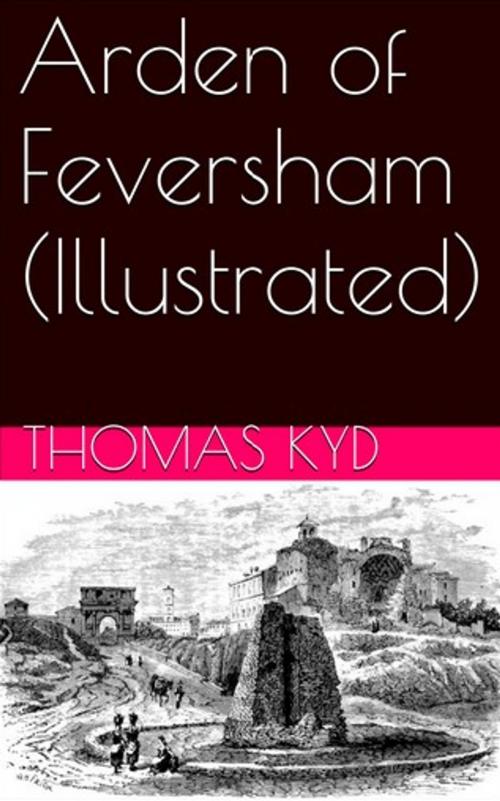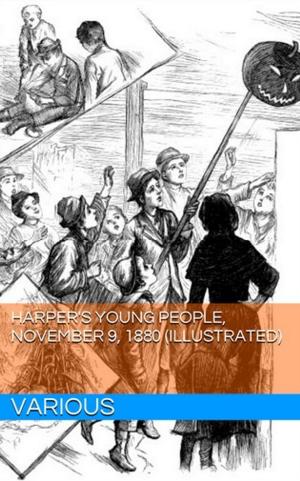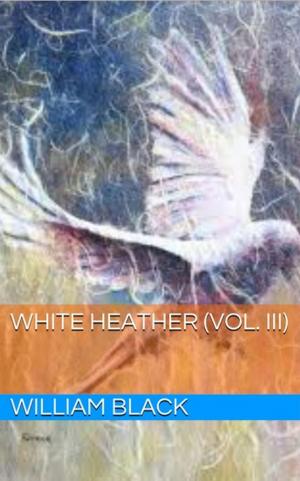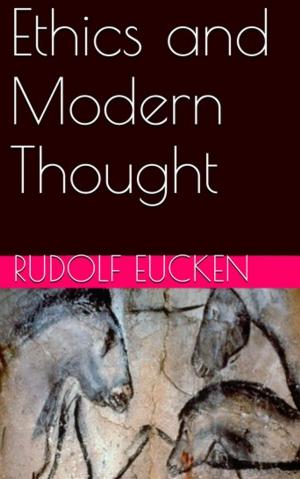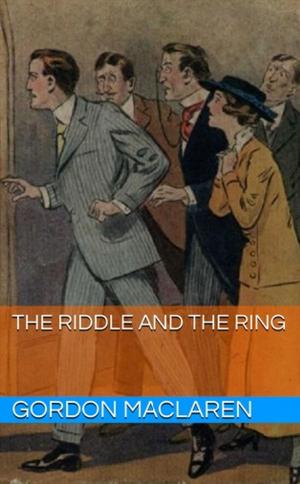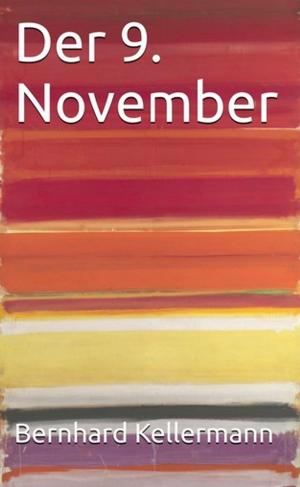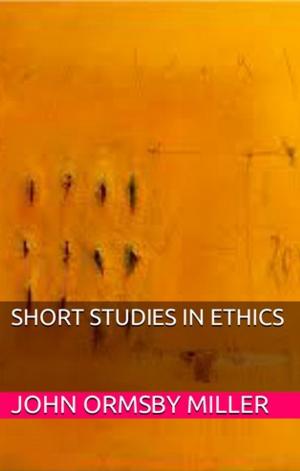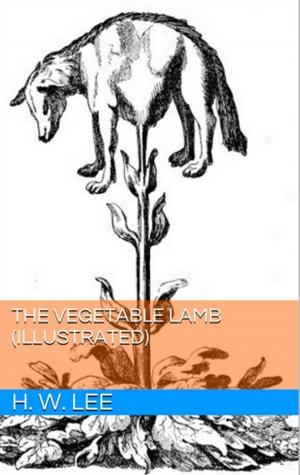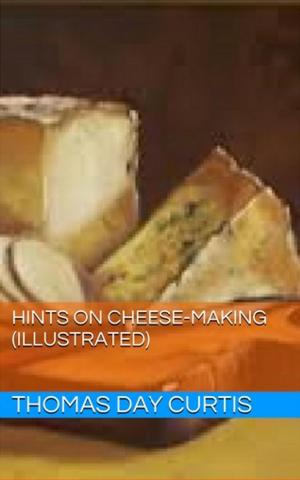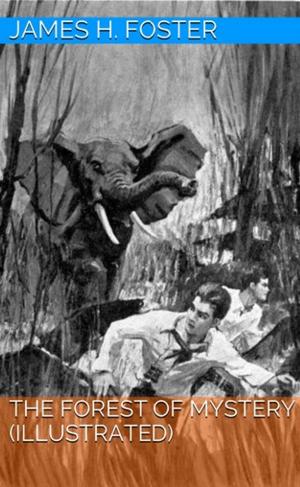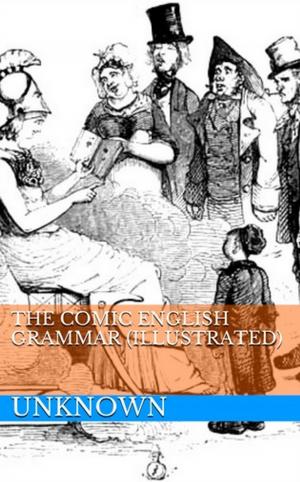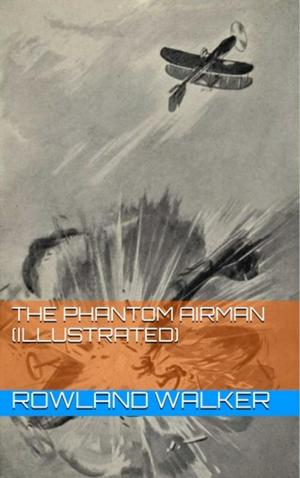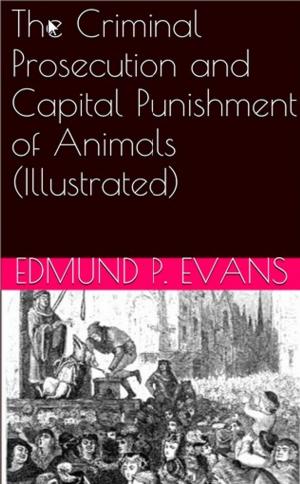Arden of Feversham (Illustrated)
Fiction & Literature, Drama, Religious & Liturgical, Nonfiction, Entertainment, Shakespeare| Author: | Thomas Kyd | ISBN: | 1230000159732 |
| Publisher: | Lost Leaf Publications | Publication: | August 13, 2013 |
| Imprint: | Language: | English |
| Author: | Thomas Kyd |
| ISBN: | 1230000159732 |
| Publisher: | Lost Leaf Publications |
| Publication: | August 13, 2013 |
| Imprint: | |
| Language: | English |
PREFACE
Early Editions. On 3rd April, 1592, ‘The Tragedie of Arden of Feversham and Blackwall’[A] was entered on the Stationers’ Registers to Edward White. In the same year appeared, ‘The lamentable and true Tragedie of M. Arden of Feversham in Kent. Who was most wickedlye murdered, by the meanes of his disloyall and wanton wyfe, who for the love she bare to one Mosbie, hyred two desperat ruffins, Blackwill and Shakbag, to kill him. Wherin is shewed the great mallice and discimulation of a wicked woman, the unsatiable desire of filthie lust and the shamefull end of all murderers. Imprinted at London for Edward White, dwelling at the lyttle North dore of Paules Church at the signe of the Gun. 1592.’ A second Quarto, with the same title, was printed in 1599. A third, ‘by Eliz. Allde dwelling neere Christs Church,’ appeared in 1633. The second and third Quartos are founded textually upon the first, and their variations are of no value. The text of the first Quarto is unusually good even when prose and verse are mixed together, although the printer has apparently no scientific knowledge of the nature of metre.
[A] A misprint for Blackwill.
Place of the Play in the Elizabethan Drama. Arden of Faversham is the finest extant specimen of a kind of play which[vi] has been classified as Domestic Tragedy. A picturesque or sensational murder in the sixteenth century was given to the public first in popular ballads or pamphlets, and afterwards, if sufficiently notable, in the more serious Chronicle. From the popular pamphlet, or from the Chronicle, or from both together, it found its way on to the stage. Four of these ‘murder-plays’ have come down to us, and the titles of many others. They form a minor section of the Chronicle plays or Histories. They did not attain any very striking literary development, owing perhaps to the necessary bondage of the poet to his facts. Arden of Faversham is a remarkable instance of the possibilities of this class of play, but it is to be noted that the poet used the narrative of a Chronicler who wrote twenty-seven years after the date of the murder. A Warning for Fair Women and Yarington’s Two Tragedies in One are both inferior to Arden, though influenced by it. The fourth ‘murder-play’—The Yorkshire Tragedy—is distinct from the other three in style and method. Several famous dramatists produced ‘domestic’ tragedies, but none have survived. A Late Murder of the Son upon the Mother, in which Ford and Webster collaborated, must have been a notable piece of work.
Source of the Play. On Sunday, 15th February 1550-1, Thomas Ardern of Faversham, gentleman, ‘was heynously murdered in his own parlour, about seven of the clock in the night, by one Thomas Morsby, a taylor of London, late servant to sir Edward North, knight, chancellor of the augmentations, father-in-law unto Alice Ardern, wife of the said Thomas Ardern.’ Thomas Ardern was Mayor of Faversham in 1548, and his murder made such a stir that in 1577 the first edition[vii] of Holinshed’s Chronicle devotes five pages (pp. 1703-8) to an elaborate account of it. The chronicler begins thus:—‘About this time there was at Faversham in Kent a Gentleman named Arden most cruelly murthered and slain by the procurement of his own wife. The which murder for the horribleness thereof, although otherwise it may seem to be but a private matter, and therefore as it were impertinent to this History, I have thought good to set it forth somewhat at large, having the instructions delivered to me by them that have used some diligence to gather the true understanding of the circumstances.’ Our first quotation was from the Wardmote Book of Faversham, and proves that Holinshed’s narrative is not minutely accurate. The Wardmote Book gives a curt account of the actual murder on the Sunday evening with the names and fate of the culprits. It tells us nothing of the previous failures of these culprits which give to Holinshed’s tale such a terrible and dramatic interest.
PREFACE
Early Editions. On 3rd April, 1592, ‘The Tragedie of Arden of Feversham and Blackwall’[A] was entered on the Stationers’ Registers to Edward White. In the same year appeared, ‘The lamentable and true Tragedie of M. Arden of Feversham in Kent. Who was most wickedlye murdered, by the meanes of his disloyall and wanton wyfe, who for the love she bare to one Mosbie, hyred two desperat ruffins, Blackwill and Shakbag, to kill him. Wherin is shewed the great mallice and discimulation of a wicked woman, the unsatiable desire of filthie lust and the shamefull end of all murderers. Imprinted at London for Edward White, dwelling at the lyttle North dore of Paules Church at the signe of the Gun. 1592.’ A second Quarto, with the same title, was printed in 1599. A third, ‘by Eliz. Allde dwelling neere Christs Church,’ appeared in 1633. The second and third Quartos are founded textually upon the first, and their variations are of no value. The text of the first Quarto is unusually good even when prose and verse are mixed together, although the printer has apparently no scientific knowledge of the nature of metre.
[A] A misprint for Blackwill.
Place of the Play in the Elizabethan Drama. Arden of Faversham is the finest extant specimen of a kind of play which[vi] has been classified as Domestic Tragedy. A picturesque or sensational murder in the sixteenth century was given to the public first in popular ballads or pamphlets, and afterwards, if sufficiently notable, in the more serious Chronicle. From the popular pamphlet, or from the Chronicle, or from both together, it found its way on to the stage. Four of these ‘murder-plays’ have come down to us, and the titles of many others. They form a minor section of the Chronicle plays or Histories. They did not attain any very striking literary development, owing perhaps to the necessary bondage of the poet to his facts. Arden of Faversham is a remarkable instance of the possibilities of this class of play, but it is to be noted that the poet used the narrative of a Chronicler who wrote twenty-seven years after the date of the murder. A Warning for Fair Women and Yarington’s Two Tragedies in One are both inferior to Arden, though influenced by it. The fourth ‘murder-play’—The Yorkshire Tragedy—is distinct from the other three in style and method. Several famous dramatists produced ‘domestic’ tragedies, but none have survived. A Late Murder of the Son upon the Mother, in which Ford and Webster collaborated, must have been a notable piece of work.
Source of the Play. On Sunday, 15th February 1550-1, Thomas Ardern of Faversham, gentleman, ‘was heynously murdered in his own parlour, about seven of the clock in the night, by one Thomas Morsby, a taylor of London, late servant to sir Edward North, knight, chancellor of the augmentations, father-in-law unto Alice Ardern, wife of the said Thomas Ardern.’ Thomas Ardern was Mayor of Faversham in 1548, and his murder made such a stir that in 1577 the first edition[vii] of Holinshed’s Chronicle devotes five pages (pp. 1703-8) to an elaborate account of it. The chronicler begins thus:—‘About this time there was at Faversham in Kent a Gentleman named Arden most cruelly murthered and slain by the procurement of his own wife. The which murder for the horribleness thereof, although otherwise it may seem to be but a private matter, and therefore as it were impertinent to this History, I have thought good to set it forth somewhat at large, having the instructions delivered to me by them that have used some diligence to gather the true understanding of the circumstances.’ Our first quotation was from the Wardmote Book of Faversham, and proves that Holinshed’s narrative is not minutely accurate. The Wardmote Book gives a curt account of the actual murder on the Sunday evening with the names and fate of the culprits. It tells us nothing of the previous failures of these culprits which give to Holinshed’s tale such a terrible and dramatic interest.
